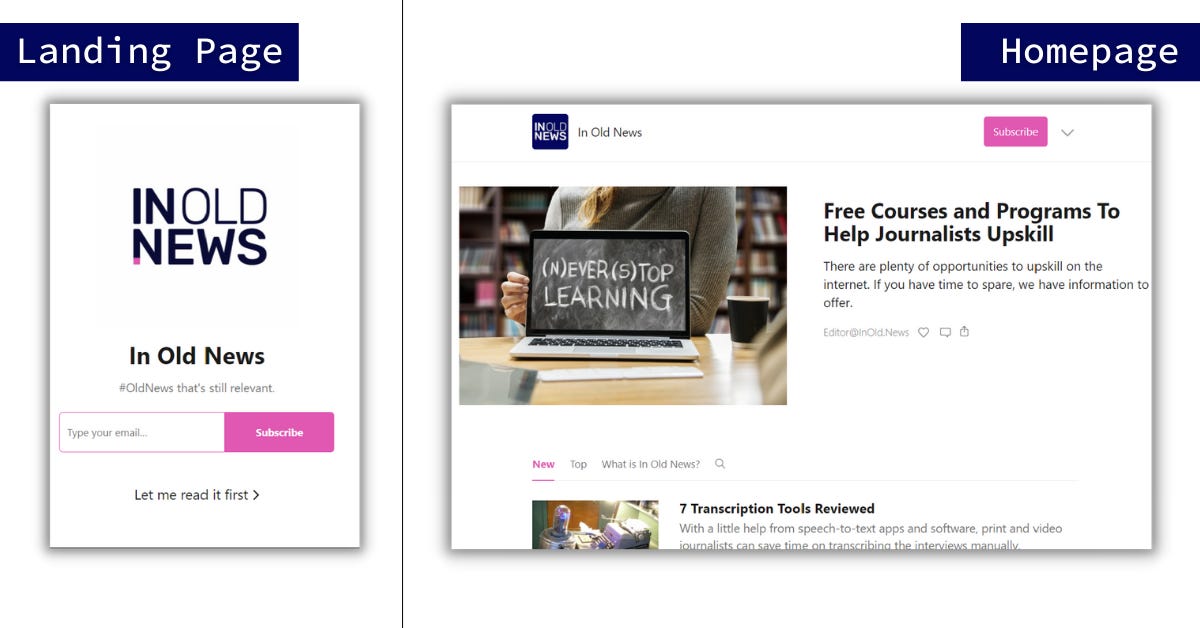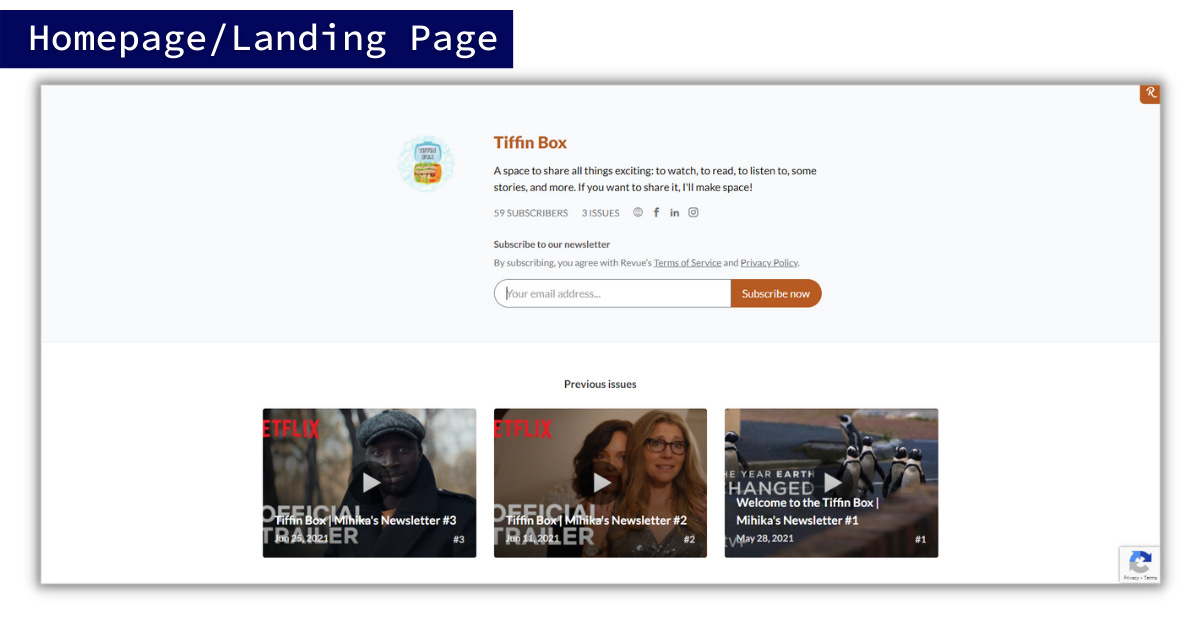Some people consider newsletters as a more traditional way of communication that perhaps lost its lustre over the years. It became synonymous with spams that hit your inbox on an hourly frequency, that you constantly looked for a way to unsubscribe. But experts believe that newsletters are resurging. Newsletters are a revenue-generating model of content creation that subscribers actively opt for and hence are willing to pay a premium. According to a survey done in July 2020 by LiveIntent, newsletter engagement went up by 53% as the world moved online through the past two years.
Newsletters, if executed mindfully, can prove to be an effective vertical to the content strategy. They are an intimate way of communication, offer better opening rates and have a higher engagement. With no algorithms at play, each subscriber is guaranteed to receive the intended communication (unless the spam filter happens). And since it sits in the individual inbox, one doesn't have to fight as much for the ever-shrinking attention in the online content clutter as seen on most social media channels.
If you've been thinking of starting your newsletter but are confused between different hosts, consider these:
1. Substack We at In Old News reach out to you all every week using Substack. Substack launched in 2017 and has been a notable player in the resurgence of the newsletter era. Substack's CEO Chris Best said that the ultimate aim is for Substack to be the medium to allow writers creators to run their own media empires. Journalists are turning towards newsletters to reclaim the press freedom that has been in danger over the past few years.
Features: Substack is an intuitive platform that allows you to sign up using existing online accounts. In effect, you are building a neatly laid out website for your content. Substack gives you a landing page: a neat subscription page with a short intro and an option to visit the homepage that hosts all your previous newsletters. There is an 'About' page that you can set up to offer a warm welcome to your readers. In January 2021, Substack also released 'Themes' to allow customisation of the look and feel of your content.

The backend is simple to use too. The options are limited but enough to create effective mailers. You get a clear sight of your subscribers' list, detailed analytics, and you can choose to schedule your future issues. Substack also lets you customise the URL to make it SEO friendly. The feature that makes newsletter hosting platforms like Substack a huge success is that they also have a seamless payment gateway set up that allows you to turn your newsletters into a paid model. Substack earns as the publisher earns (10% cut of the earnings), so until you decide to bring money into the picture, it's a free platform packed with features at your disposal.

2. GetRevue If you have (or hope to achieve) a roaring presence on Twitter, and are often found tweeting relevant links, thoughts and resources, and are looking for a newsletter, consider Revue. Twitter acquired Revue in January 2021, giving us an extension of Twitter. Their idea is simple: they want to make publishing newsletters as easy as Tweeting.
Features: The one feature that set Revue apart from other platforms is its integrations. You can sign up on Revue using your Twitter account, which lets you import the tweets you want to include in your newsletter directly. Revue's landing page/homepage is a consolidated single-window layout that puts all your information in one place: previously published newsletters, subscribers, links to other social media accounts, the name, the logo and a brief introduction; all in one easy-to-absorb place.

The backend is simple to use too. Besides setting up the basics (account information, welcome mail, linking to social media), Revue lets you play around with the design of your profile. It also has a browser extension (available for Google Chrome, Mozilla Firefox and Microsoft Edge) which lets you bookmark elements on the internet that you can pull up when you finally sit down to lay out your newsletter. Through its various integrations (RSS Feed, Stripe, Medium, Zapier, LinkedIn, and more), fetching content from different places becomes easier. You get the option to schedule the newsletter and detailed analytics with complete control over the subscribers' list here as well. And like Substack, you can choose to add a paywall (they'll take a 5% cut if you decide to go with it). Until then, the whole of Revue is free to use.


- Mongabay India is hiring for new positions:
Staff Writer: Clean Energy
Content Coordinator
Video Production Coordinator
Hiring for an Indigenous News Reporter - Rest of World is looking for an enterprising and experienced editor
- Fever 104 FM (HT Media Ltd.) is looking for a copywriter in Mumbai.
Work Experience: 2-5 years
Interested candidates can mail their profile to resumes.mum@fever.fm
ABOUT THIS NEWSLETTER
This newsletter is an attempt to keep up and share all the latest and greatest stories in media and how they get done. Read about it here: About In Old News-Letter. And if you were forwarded this newsletter, here’s how you can sign up to get the latest editions as they come out!
